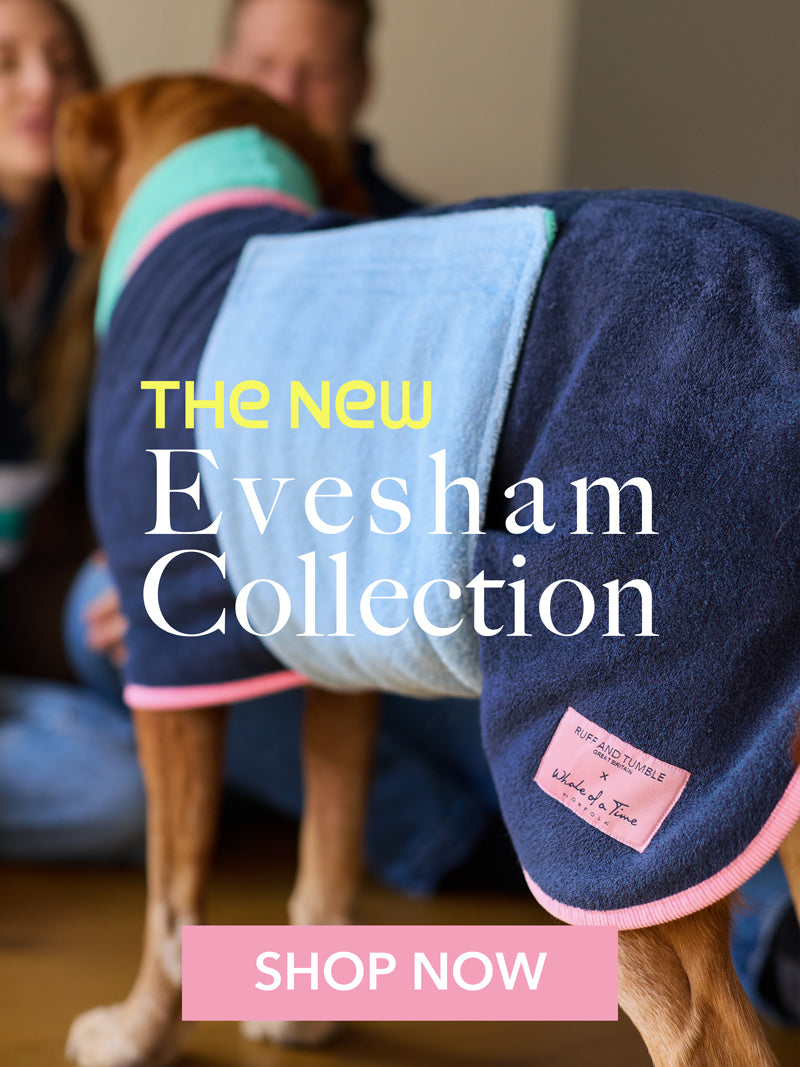Agility
Agile?
If you feel that the word ‘agile’ doesn’t apply to yourself or your dog, fear not, agility is genuinely for everyone. At Crufts you’ll see competitors at the top of their game, but at local classes and competitions you’ll find that all ages, sizes and shapes of humans and most breeds and crossbreeds between 18 months and 10 years do it and love it.
Agility is bonding for dogs and owners and improves the behaviour and confidence of dogs because they are stimulated mentally and physically
— Alison Priestley
A New Challenge
..is good for the soul even though it’s daunting. Every time I summon the enthusiasm to try something new, I feel overwhelmed by the strangeness of it all. But the fear of the new is soon replaced by the excitement of learning something different, and with agility it’s you and your dog who will learn together.
Alison, Ruff and Tumble’s owner, has just started agility classes again with Lulu and is full of enthusiasm about it. ‘Agility is bonding for dogs and owners and improves the behaviour and confidence of dogs because they are stimulated mentally and physically. Lulu loves the challenge and cannot contain her excitement when she sees jumps and tunnels!’
If you are interested in agility but don’t know where to start, our simple steps to getting started may open a whole new world of fun!


